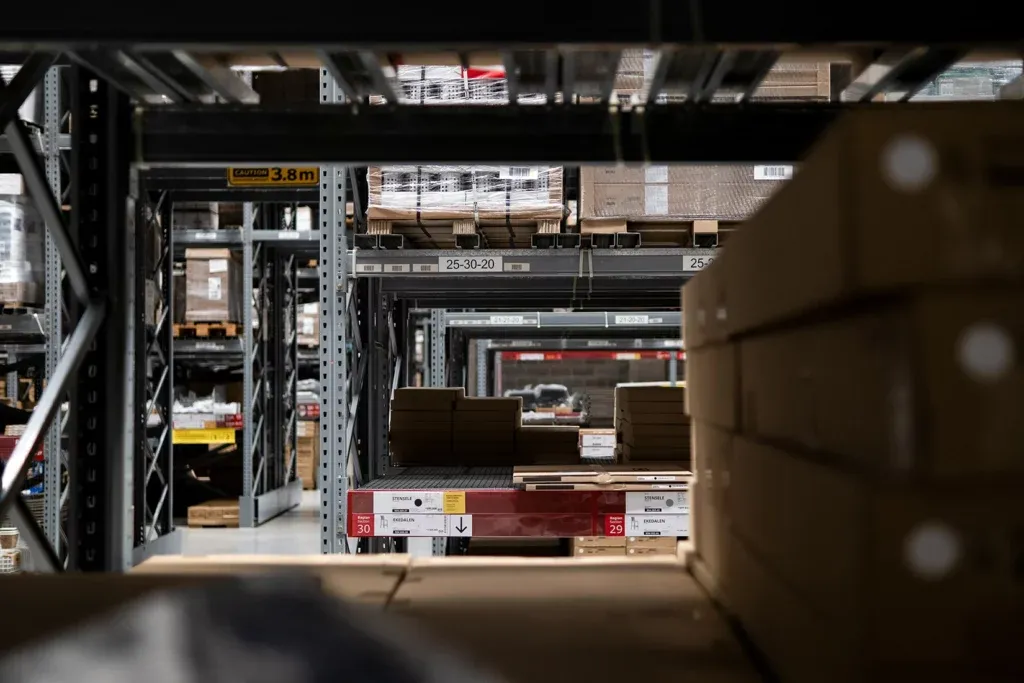Warehousing and Fulfillment: How They Work Together to Streamline Your Supply Chain

The modern business climate is hectic, making supply chain efficiency even more important than before. Streamlining operations from production to delivery gives businesses a competitive edge. Warehousing and fulfillment are two crucial elements. Even though these terms are frequently used synonymously, they have different functions and complement one another to improve supply chain efficiency. This article will go over the connections between warehousing and fulfillment and how they can improve the efficiency of your supply chain.
The Role of Warehousing in Supply Chain Management
The key element of the supply chain is warehousing. It involves receiving, storing, and supervising goods until they are prepared for shipment. Warehouses not only act as storage facilities but also play a key role in inventory management, ensuring that goods are available when needed. Whether you’re working with finished goods, raw materials, or commodities that need to be shipped, a warehouse offers the room to efficiently arrange and manage inventory.
By managing demand fluctuations through efficient warehousing, businesses can ensure that popular products are easily accessible during periods of high demand. In addition, well-placed warehouses can cut down on the amount of time it takes to transport items to clients, which improves the supply chain as a whole.
The Role of Fulfillment in Supply Chain Management
The process of receiving orders, selecting and packing goods, and sending them to clients is called fulfillment. The last phase in the supply chain has a direct impact on client satisfaction. A fast, accurate, and reliable fulfillment process is key to keeping customers happy and ensuring repeat business.
Fulfillment is not just about getting products to customers; it’s about doing so efficiently. This involves processing orders quickly and shipping them out as soon as possible. The fulfillment process begins as soon as an order is placed, and any mistakes or delays could result in dissatisfied clients. Because of this, companies need to concentrate on developing a fulfillment procedure that is scalable and responsive.

How Warehousing and Fulfillment Work Together
Although fulfillment and warehousing play different functions, their duo is essential to the effectiveness of the supply chain as a whole. A well-organized warehouse ensures that products are stored in a manner that makes it easy to get them when needed for fulfillment. For instance, the picking and packaging process can be sped up considerably in a warehouse that is organized correctly, with clear labeling and efficient use of space.
Modern warehouse management systems (WMS) facilitate this integration by giving real-time access to information about product locations, order status, and inventory levels. Warehousing and fulfillment procedures can be easily integrated when they are paired with fulfillment technology like automation, robotics, and advanced order processing software. This reduces operating expenses, fewer errors, and faster order processing.
The Benefits of a Unified Warehousing and Fulfillment Strategy
There are numerous advantages when fulfillment and warehousing function together. For one, efficiency increases dramatically. Businesses can prevent shipping delays by improving their operations, meaning customers will receive their orders sooner. This improves the customer experience while also saving money on logistics.
A unified approach also offers scalability. Businesses can modify their fulfillment and warehousing operations in response to changes in demand. For instance, a strong warehouse and fulfillment system can manage higher order quantities without compromising accuracy or speed during peak demand times like the holidays.
Last but not least, this integration raises client satisfaction. Good feedback and increased customer retention result from accurate, timely deliveries and fewer stockouts or delays. These factors are essential for long-term success.
Key Technologies Driving Warehousing and Fulfillment Integration
Fulfillment and warehousing integration is being driven by multiple technologies. A key component of this process is warehouse management systems (WMS) that offer effective space use and real-time inventory tracking. Automation technologies that speed up fulfillment while lowering human mistake rates include robotics and AI-powered order-picking systems.
IoT sensors can track stock levels in real-time and notify management when overstocking is possible or a reorder is necessary. In addition, businesses could predict demand more precisely with the assistance of data analytics technologies, guaranteeing that fulfillment centers and warehouses are ready to receive orders in the future.
Conclusion
Simplifying the supply chain is crucial for success in the competitive market, and fulfillment and warehousing are two important parts of that process. Businesses can benefit from increased efficiency, lower costs, and happier customers when both processes are smoothly linked. Businesses can remain ahead of demand and guarantee that their items are delivered to clients promptly and with accuracy by integrating technology such as WMS and fulfillment automation. Reliable suppliers, optimizing supply chain management, leveraging trade agreements, and planning for risks, businesses can enhance their import operations. Implementing these strategies not only ensures compliance and efficiency but also positions your business for success in the competitive global marketplace.
